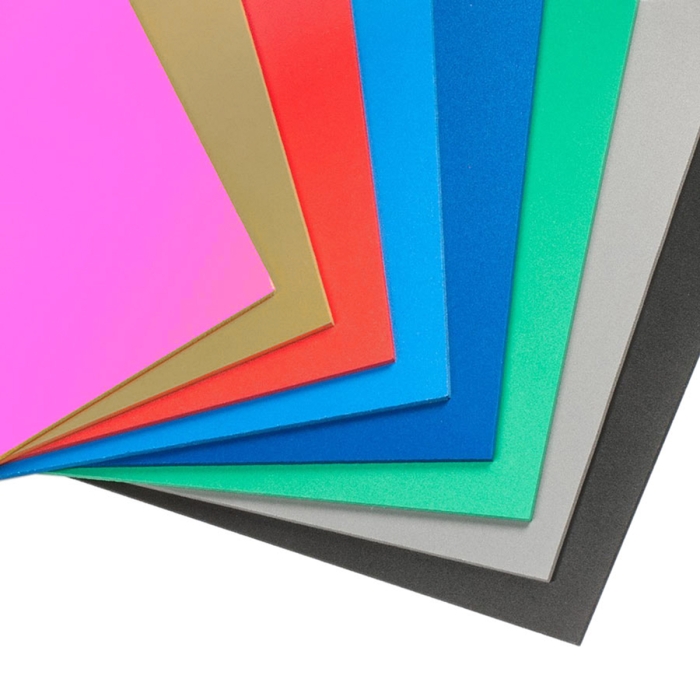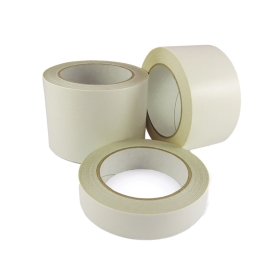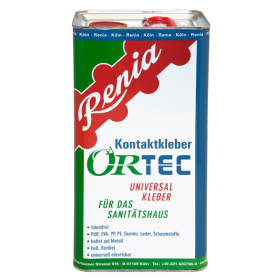Aortha EVA Foam Sheeting - A50 - Medium Density - 1000 x 1000mm
High quality EVA foam sheeting. Shore A50.
As low as
£6.35
£5.29
Sheet size: 1000 x 1000mm
Aortha
GB
https://schema.org/MerchantReturnFiniteReturnWindow
14
https://schema.org/ReturnByMail
https://schema.org/FreeReturn
GB
5.95
18
GBP
0
1
DAY
1
3
DAY
Product Description
Aortha Medium Density EVA Features and Benefits:
EVA is the base material most commonly used to create a custom orthotic. Medium density is the most widely used EVA. The density (low/medium/high) refers to the rigidity of the material. The more support required, the higher the density material should be used.
Mouldable between 120°C and 160°C depending on density with an average oven time of 2 minutes per mm.
Sheet size: 1010 x 980mm
The ideal temperature for thermo-moulding Aortha EVA depends on the material thickness and hardness.
The standard principles would be:
1. Shore A25-A35 and 15mm EVA material: 100-130ºC temperature during 30 to 90 seconds exposure.
2. Shore A50 and 15mm EVA material: 110-140ºC temperature during 30 to 120 seconds exposure.
3. Shore A65 and 15mm EVA material: 120-150ºC temperature during 30 to 140 seconds exposure.
It is important to indicate the aforementioned conditions should be adjusted according to the following patterns:
•The thinner the material the lower the temperature or the exposure timing. The only effective way to determine heating times based on variable thickness and sheet size, is to test in stages based on the above guidelines.
• The heat source is also important; a direct infrared radiation will be much more aggressive than heating a piece with a circulating air system, meaning the temperature should be adjusted accordingly. Again, test in stages as per above.
• In general, EVA copolymers should not be extruded hotter than 200°C since degradation may occur.
• Degradation products include the elimination of acetic acid, which can account for a “vinegar” odour and corrosion of some materials.






